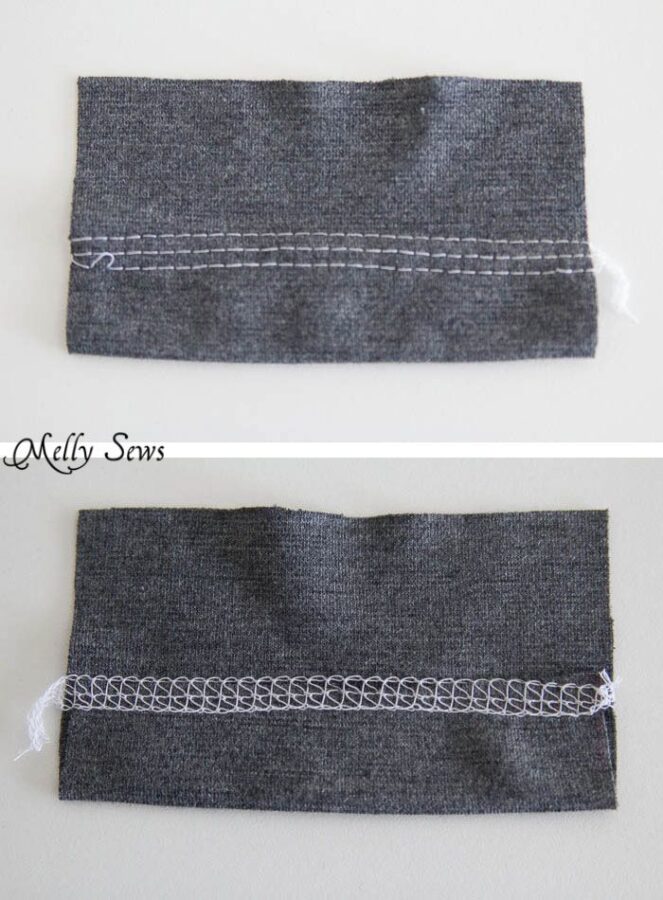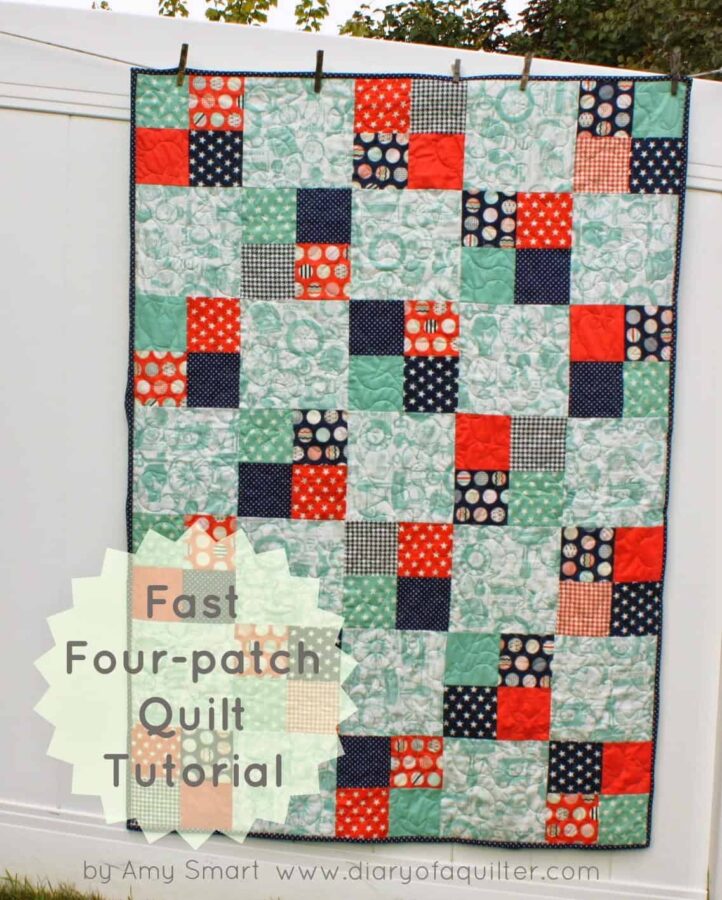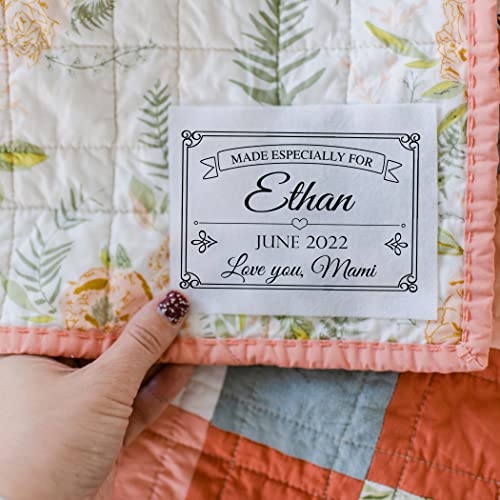Hey Quilting Enthusiasts, it’s Gina! Diving into the world of sewing? You might be wondering about the difference between a serger and a coverstitch machine. Don’t fret! Let’s demystify these tools and shed light on their uniqueness.
Meet the Serger (or Overlocker)
So, what’s a serger? Known as an overlock machine, it’s a beloved gem in the sewing realm. With its special knack for joining fabric edges using an overlock stitch (and trimming the edges simultaneously), it ensures that your fabric looks tidy, sleek, and free from any unwanted frays. Due to its super-fast stitching and precision, sergers are a go-to for tasks like edging, hemming, or seaming – think of stylish clothing or plush upholstery that requires durable seams. If you’re craving a deep dive into various serger models, just head over to our comprehensive serger review section!
Introducing the Coverstitch Machine ✨
Moving on to the coverstitch machine! This tool is all about giving garments that flawless hem. Unlike the serger, it doesn’t trim your fabric. Its main magic lies in crafting a topstitch on the fabric’s front and mimicking a serger stitch beneath. This elasticity makes it a dream for stretchy or knit materials. Whether it’s swimwear, sporty outfits, or chic underwear, the coverstitch machine has got your back. Interested in diving deeper? Our coverstitch review section awaits!
Spotting the Differences
Alright, while both tools are fabulous, they’ve got their own shine:
Cutting Game: Sergers love giving your fabric edges a trim as they sew, resulting in a polished look. Coverstitch machines? They skip the cutting and focus on stitches.
Stitch Tales: Sergers are all about overlocking stitches that defend fabric from fraying. In contrast, coverstitch machines adore crafting hems and artsy stitches perfect for stretchy fabrics.
Thread Talk: Sergers can juggle between 3-5 threads, while coverstitch machines usually stick to 2-4 threads.
Versatility Vibes: Sergers can seam, edge, and hem, while coverstitch machines are your pals for snazzy hems and decorative fabric doodles.
Purpose: Sergers love edging and seaming (think trendy outfits and cozy upholstery), whereas coverstitch machines shine when crafting stretchy stitches (hello, swimwear and gym gear!).
All-In-One: Combo Serger-Coverstitch Machines
Can’t choose? Combo machines are your answer! These multitaskers bring you the best of both worlds. From trimming and encasing edges with serger features to crafting pro hems and topstitching with coverstitch traits, these machines are a jack-of-all-trades. They can work wonders with 2-5 threads based on the model and are your buddies for diverse sewing adventures.
Do You Need Both? ♀️
Your projects dictate your choice! If you’re into garment making, a serger might be your BFF. But, if stretchy fabrics are your jam, the coverstitch machine is a keeper. Running a sewing business or just super passionate? A combo machine could be a game-changer.
Quick FAQ Fire!
What’s an Overlock Stitch? It’s a stitch that elegantly sews over fabric edges, ideal for edging, hemming, or seaming. Some machines (sergers) trim the fabric while stitching.
How do Sergers and Coverstitch Machines Differ? Sergers are multitaskers – they trim, encase, and seam. Coverstitch machines? They’re your hemming heroes, especially for stretch fabrics.
Is the Combo Worth It? Love diversity? The combo machine, blending serger and coverstitch features, could be your sewing soulmate. But remember, they might be pricier and have a learning curve.
When to Use a Coverstitch Machine? Think stretchy! They’re perfect for activewear, swimwear, and garments made of knit or stretch materials.
| Details | Serger | Coverstitch |
|---|---|---|
| Cutting Ability | ✅ | ❌ |
| Primary Function | Overlocking | Hemming |
| Thread Count | 3-5 | 2-4 |
| Versatility | Seaming, Edging, Hemming | Hems & Decorative Stitches |




